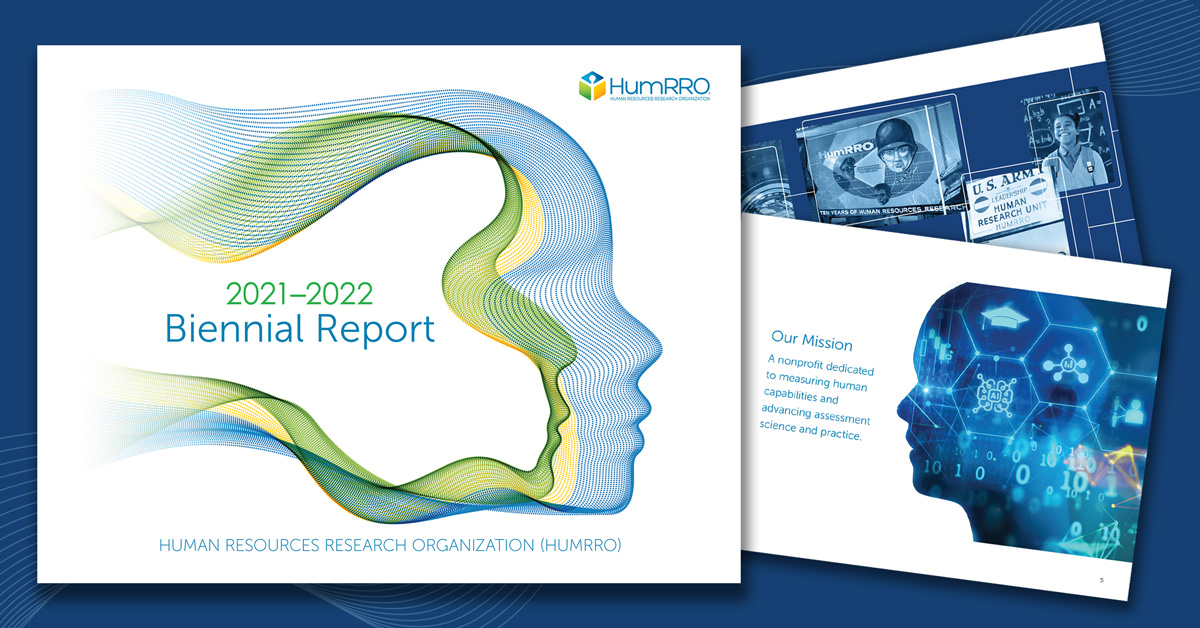359 Degree Feedback: Is Your Leadership Development Program Falling Short?
360-degree feedback—where a leader receives performance feedback from subordinates, peers, supervisors, and customers—is a widely used development tool. Indeed, surveys routinely find that the vast majority of Fortune 500 companies employ 360-degree feedback, and it is also extensively deployed across the federal government. Despite spending considerable time, money, and effort developing and implementing 360-degree feedback programs, however, organizations may fail to maximize the learning and growth that 360s can trigger. For example, participants are sometimes left to their own devices when interpreting their feedback report and planning for their development—and frustration is often the result. Here are some ways that a trained feedback facilitator can help a participant get the most out of their feedback report:
- Because they contain a tremendous amount of data, some of which may illuminate critical developmental needs, receiving a 360-degree feedback report can be a very evocative experience. For these reasons, participants can easily “get lost” in the data and miss important feedback patterns. A feedback facilitator can ask probing questions to make sure the participant has noticed all of the patterns that are meaningful to them.
- Participants often focus too much on what they see as the report’s negative feedback. Given their more neutral perspective, feedback facilitators can ask questions about and offer interpretations of these results that may help participants see them in a new light. Often, this involves seeing how a participant’s areas for growth relate to—and are even sometimes a result of—their strengths.
- By asking the right questions about trends he or she observes during a collaborative review of the report, a trained feedback facilitator can help participants achieve new insights and discern how those insights relate to and inform their developmental goals.
- Facilitators can help participants use the feedback patterns to identify and prioritize 3-4 developmental goals that resonate with them and are consistent with their organization’s strategy. These goals would then form the foundation of an Individual Development Plan (IDP).
Some organizations view participants’ receipt of a feedback report as the final step of the process. Those who are truly invested in their employees’ growth and development view it as just the beginning.






